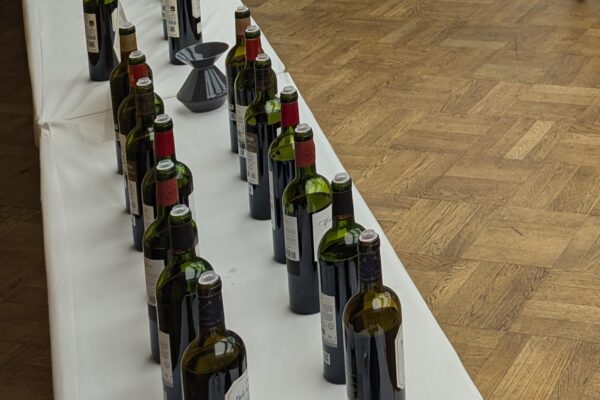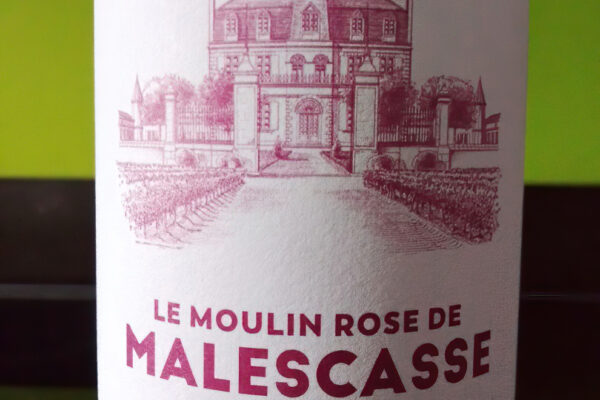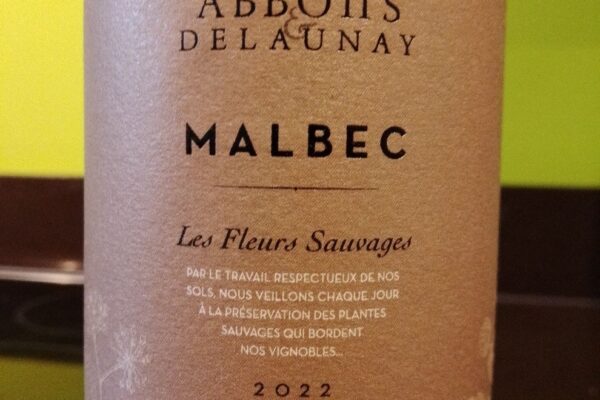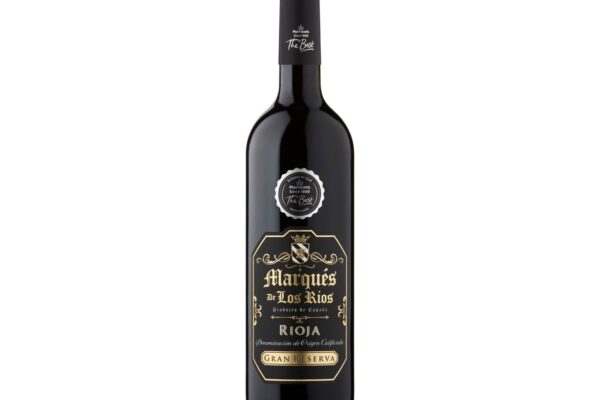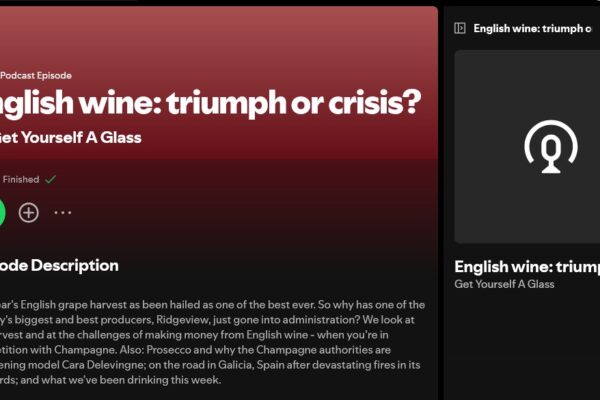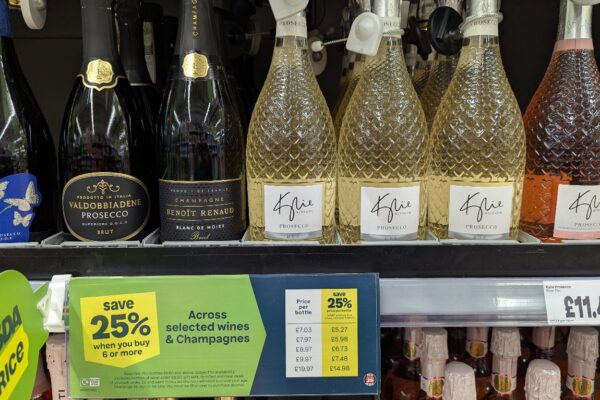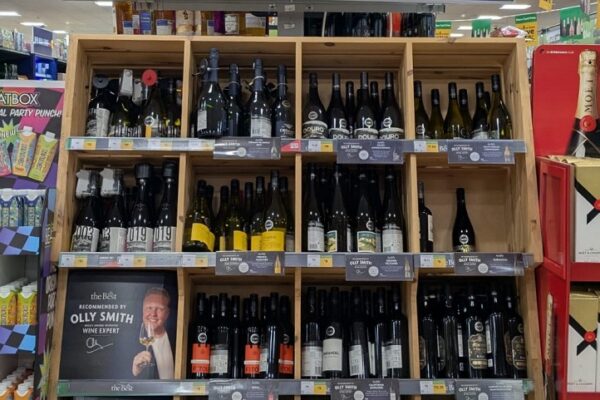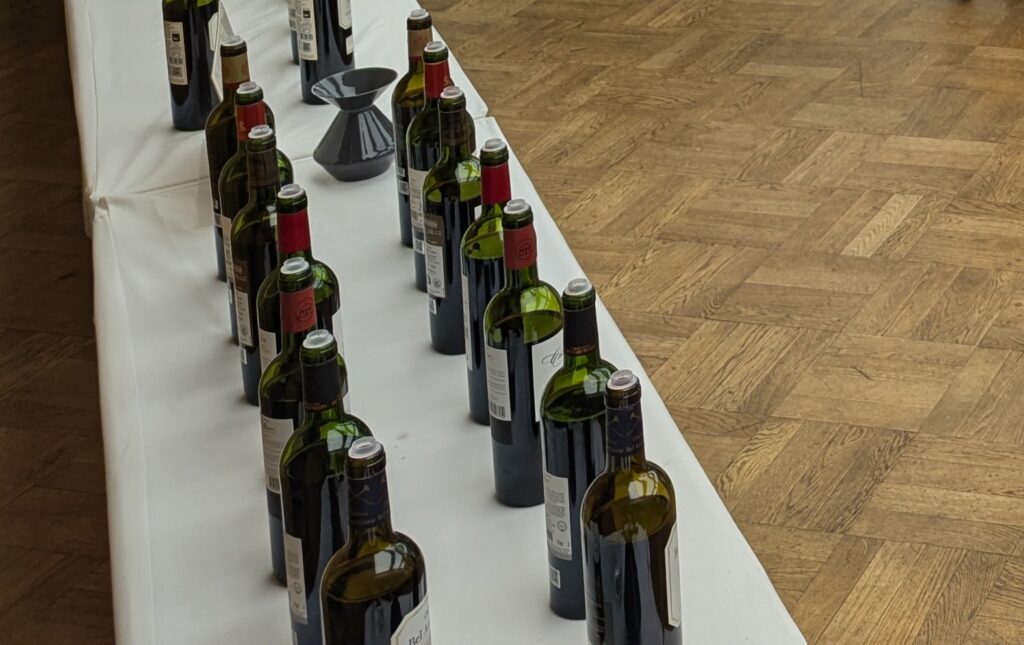
Which? asked a panel of experts to blind-taste supermarket red wines from major UK grocers, priced roughly £8–£17. They cover classic regions such as Bordeaux, Rioja, Barolo, Chianti and Barossa, plus Malbecs from Argentina and lighter styles like Gamay.
The selections are all supermarket own-label or exclusives:
- Aldi Les Trois Manoirs Médoc 2021: £8.49 for 75cl, from Aldi (in-store).
French red from Médoc, 13% ABV. - Aldi Specially Selected Baron Amarillo Rioja Gran Reserva 2018: £9.99 for 75cl, from Aldi (in-store).
Spanish Rioja Gran Reserva, 13.5% ABV and suitable for vegetarians and vegans. - Asda Exceptional Côte de Beaune Villages 2022: £14.48 for 75cl, from Asda.
Burgundy red from France, 13% ABV. - Asda Extra Special Marques Del Norte Rioja 2020: £8.07 for 75cl, from Asda.
Spanish Rioja, 14% ABV. - Co-op Fairtrade Organic Malbec 2023: £8.65 for 75cl, from Co-op.
Argentinian Malbec, Fairtrade, organic, vegetarian and vegan, 12.5% ABV. - Co-op Irresistible Shiraz Cabernet 2023: £9.50 for 75cl, from Co-op.
Australian blend of Shiraz and Cabernet, vegetarian and vegan, 14.5% ABV. - Lidl Barolo 2020: £16.99 for 75cl, from Lidl (in-store only).
Italian Barolo, 14% ABV. - Lidl Saint-Émilion Grand Cru 2023: £13.99 for 75cl, from Lidl (in-store only).
French Bordeaux red, 13.5% ABV. - M&S Collection Susana Balbo Malbec 2024: £14 for 75cl, from M&S (in-store) and Ocado.
Argentinian Malbec, vegetarian and vegan, 14% ABV. - M&S Etna Rosso DOC 2022: £14 for 75cl, from M&S (in-store) and Ocado.
Italian Etna red, vegetarian and vegan, 13% ABV. - Morrisons The Best Chinon 2024: £9.25 for 75cl, from Morrisons.
French Loire red, 12% ABV. - Morrisons The Best Douro Reserva 2023: £11.50 for 75cl, from Morrisons.
Portuguese Douro red, vegetarian and vegan, 13.5% ABV. - Sainsbury’s Taste the Difference Gamay 2024: £9 for 75cl, from Sainsbury’s.
French Gamay, vegetarian and vegan, 12% ABV. (Which?) - Tesco Finest Barossa Shiraz 2023: £11 for 75cl, from Tesco.
Australian Shiraz, 14.5% ABV. (Which?) - Tesco Finest Valpolicella Ripasso 2022: £12.50 for 75cl, from Tesco.
Italian Valpolicella Ripasso, vegetarian and vegan, 13.5% ABV. - Waitrose Blueprint Chianti 2024: £8.50 for 75cl, from Waitrose.
Italian Chianti, vegetarian and vegan, 12.5% ABV. - Waitrose No.1 Langmeil Winery Barossa Valley Shiraz 2021: £14 for 75cl, from Waitrose.
Australian Shiraz from Barossa Valley, vegetarian and vegan, 14.5% ABV.




